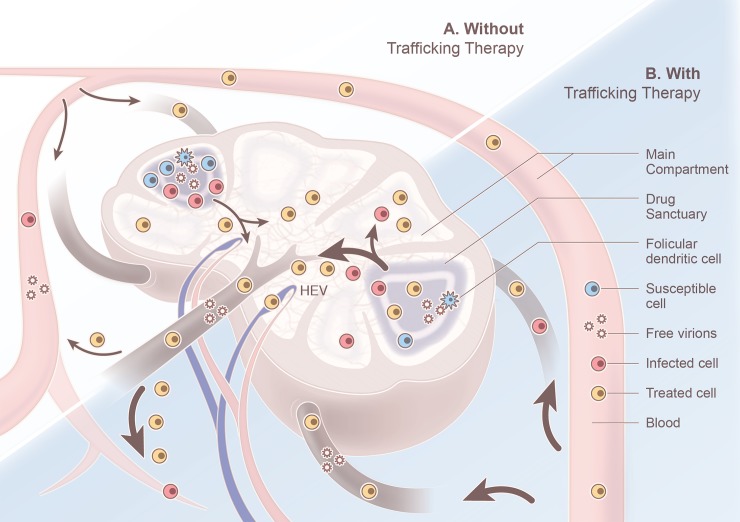Fig 3. The predicted impact of ‘trafficking therapy’ on ongoing replication in a lymph node.
In the absence of therapy that promotes cell trafficking (top left), trafficking of CD4 T cells in and out of the drug sanctuaries is slow enough to allow ongoing cycles of replication. The sanctuaries include small regions within lymph nodes (purple region). The effectiveness of antiretroviral therapy is assumed to be high in other regions, referred to as the main compartment, including elsewhere in lymph nodes (pale region) and in the blood. In the main compartment, continuous cycles of replication are unsustainable. When trafficking therapy increases the trafficking rate above the critical threshold (bottom right), CD4 T cells move more rapidly through the lymphatic system, including between the drug sanctuaries and the main compartment. The egress of infected CD4 T cells from the drug sanctuaries lowers their density in this spatial compartment. As a result, fewer virus particles are produced in the drug sanctuaries. If trafficking is fast enough, the lower density of virus particles and infected cells in the drug sanctuaries combine to ensure that ongoing cycles of infection, either through cell-to-cell infection or free virus, is not sustainable.

